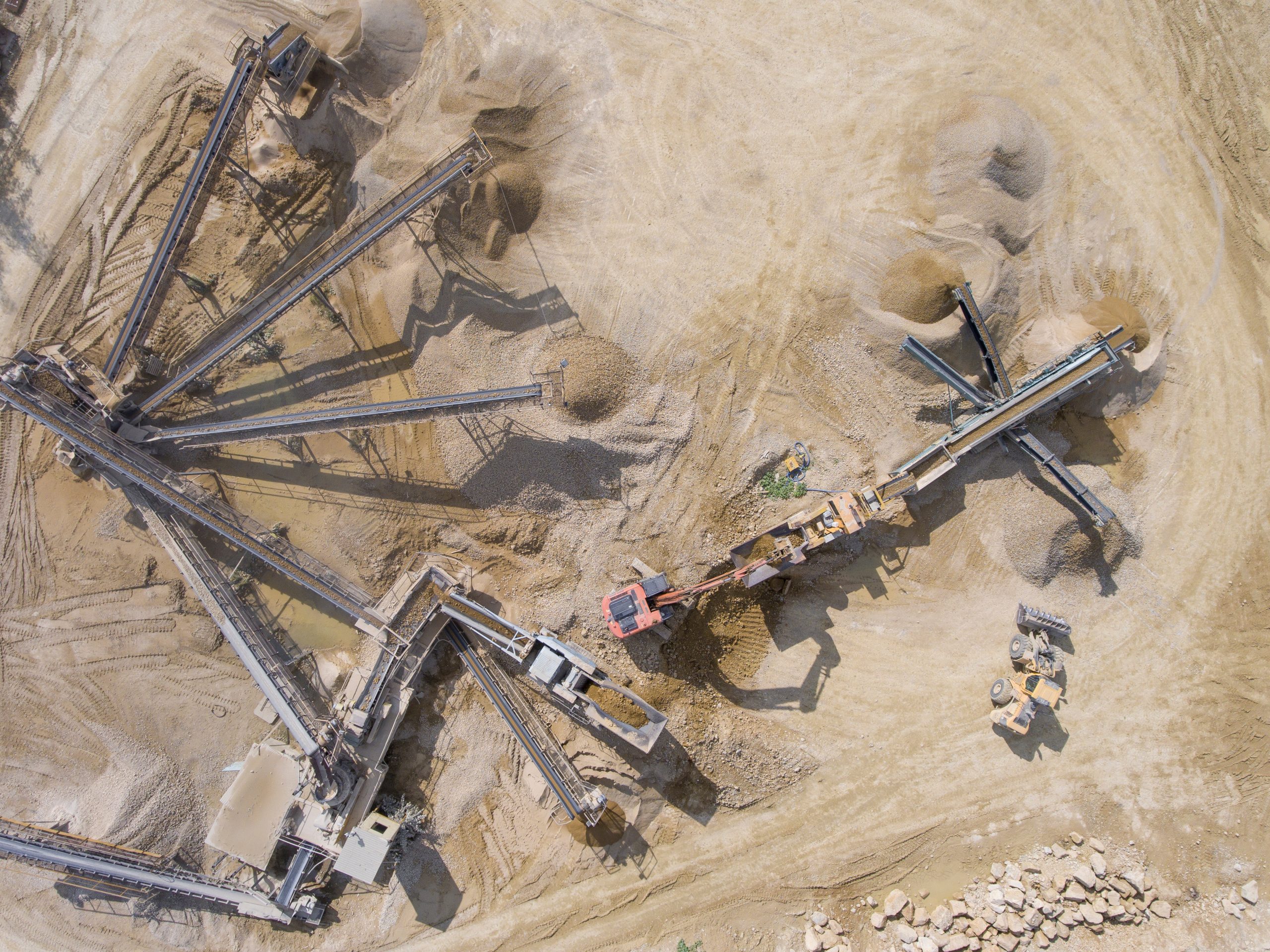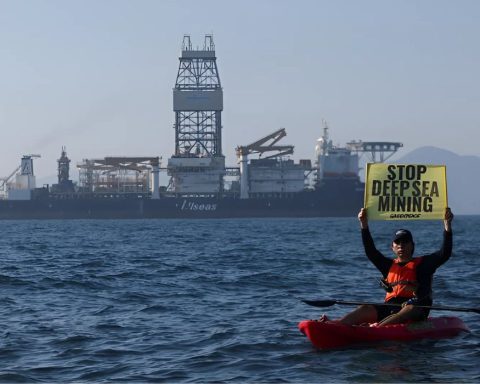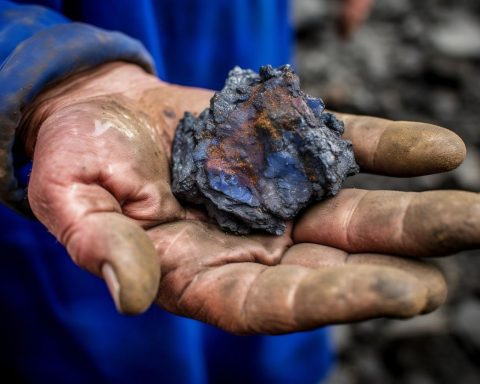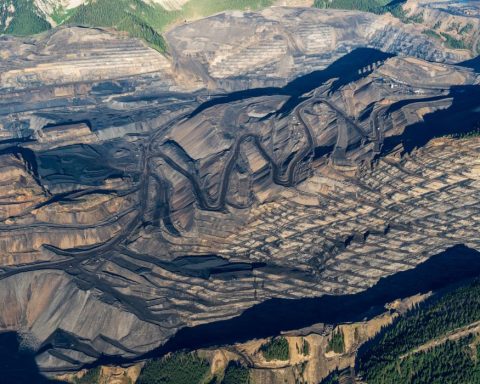The United States is home to dozens of active mines. Some extract copper, while others dig for iron. Whatever the resource, however, it usually makes up a small fraction of the rock pulled from the ground. The rest is typically ignored. Wasted.
“We’re only producing a few commodities,” says Elizabeth Holley, a professor of mining engineering at the Colorado School of Mines. “The question is: What else is in those rocks?”
The answer: a lot.
In a study published today by the journal Science, Holley and her colleagues aimed to quantify what else is in those rocks. They found that, across 70 critical elements at 54 active mines, the potential for recovery is enormous. There is enough lithium in one year of U.S. mine waste, for example, to power 10 million electric vehicles. For manganese, it’s enough for 99 million. Those figures far surpass both U.S. import levels of those elements and current demand for them.
Critical minerals are essential to the production of lithium-ion batteries, solar panels and other low- or zero-carbon technologies powering the clean energy transition. Where the United States gets those minerals has long been a politically fraught topic.
The vast majority of lithium comes from Australia, Chile and China, for example, while cobalt comes predominantly from the Democratic Republic of the Congo. While securing a domestic supply of rare or critical materials has been a U.S. policy goal for decades, the push has intensified in recent years. Former president Joe Biden’s landmark climate legislation, the 2022 Inflation Reduction Act, included incentives for domestic critical mineral production, and this year, President Donald Trump signed an executive order invoking wartime powers that would allow more leasing and extraction on federal lands.
“Our national and economic security are now acutely threatened by our reliance upon hostile foreign powers’ mineral production,” the order read. “It is imperative for our national security that the United States take immediate action to facilitate domestic mineral production to the maximum possible extent.”
Trump also made critical minerals a cornerstone of continued support to Ukraine. Meanwhile, China recently expanded export controls on rare earth metals, underscoring the precarious nature of the global market.
Holley’s research indicates that increased domestic by-product recovery could address this instability. Even a 1% recovery rate, it found, would “substantially reduce” import reliance for most elements. Recovering 4% of lithium would completely offset current imports. “We could focus on mines that are already corporate and simply add additional circuits to their process,” Holley says. “It would be a really quick way of bringing a needed mineral into production.”
This latest research is “very valuable,” says Hamidreza Samouei, a professor of petroleum engineering at Texas A&M University who wasn’t involved in the study. He sees it as a great starting point for a multipronged approach to tackling the by-product problem and moving toward a zero-waste system. Other areas that will need attention, he says, include looking beyond discarded rock to the “huge” amounts of water that a mine uses. He also believes that the government should play a more aggressive policy and regulatory role in pushing for critical mineral recovery. “Mining is a very old-fashioned industry,” Samouei says. “Who is going to take the risk?”
The U.S. Department of Energy recently announced a by-product recovery pilot program, and the Pentagon took a $400-million stake in the operator of the country’s only rare-earth metal mine. At the same time, Congress recently repealed large chunks of the Inflation Reduction Act, which would have driven demand for critical minerals, and has slashed federal funding to the U.S. Geological Survey and the Department of Energy’s Office of Science, among other research arms.
The general thrust of the Science study is “not new,” says Isabel Barton, a professor of geological engineering at the University of Arizona. “It is a very hot topic in mining these days.”
The attention is contributing to a burgeoning shift in thinking, from an intense focus on the target mineral to consideration of what else could be produced, including critical minerals. “There are some that are probably relatively simple. There are others that are heinously difficult to get to,” Barton says, and whether a mineral is recovered will ultimately come down to cost. “Mining companies are there to make a profit.”
Figuring out the most economically viable way forward is exactly the next step Holley hopes this research will inform. By-product potential varies considerably by mine, and the analysis, she says, can help pinpoint where to potentially find which minerals. For instance, the Red Dog mine in Alaska appears to have the largest germanium potential in the country, while nickel could be found at the Stillwater and East Boulder mines in Montana.
“The [research and development] funding on critical minerals has been a little bit of a scattershot,” Holley says. “Our paper allows the development of a strategy.”
This article originally appeared in Grist. It has been edited to conform with Corporate Knights style. Grist is a non-profit, independent media organization dedicated to telling stories of climate solutions and a just future.







